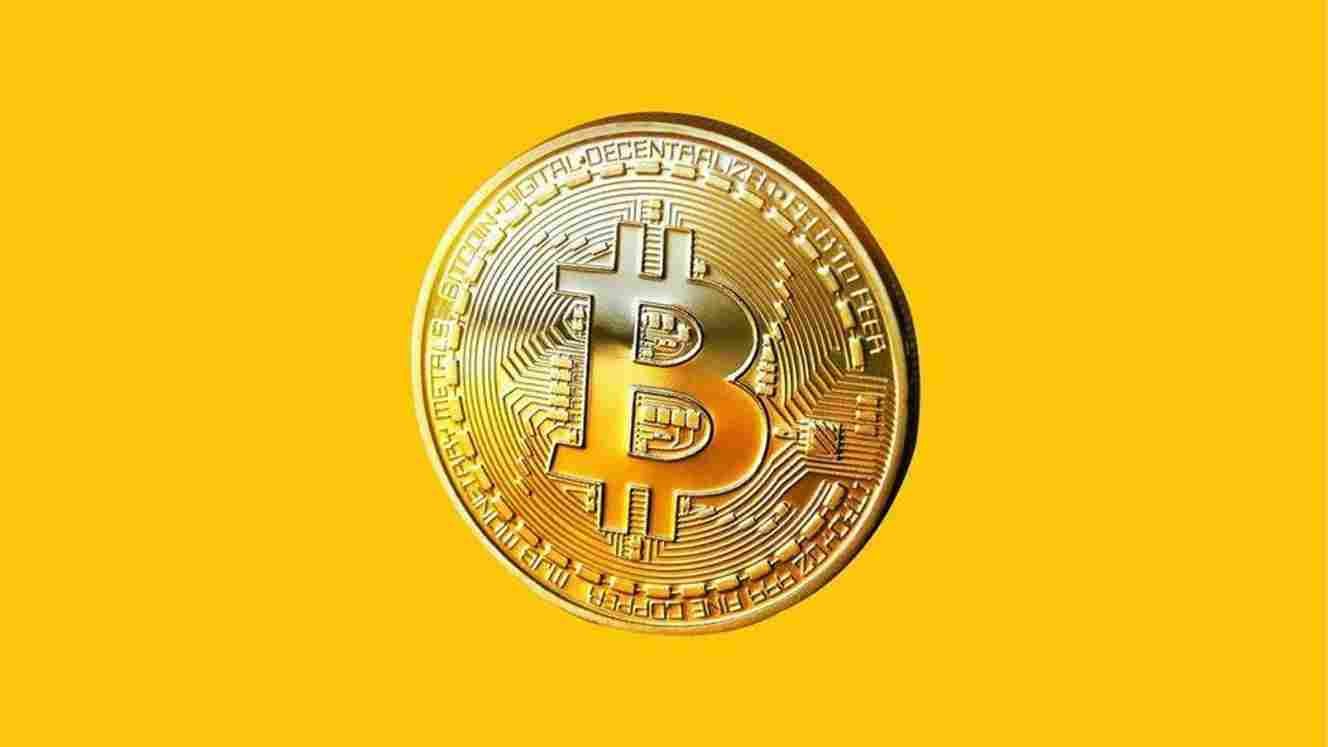What Are Ethereum Layer-2 Rollups and How They Improve Scalability in 2025?
What Are Ethereum Layer-2 Rollups and How They Improve Scalability in 2025
Introduction
Ethereum, the leading smart contract platform, has faced scalability challenges due to high transaction fees and network congestion, especially during peak usage like the DeFi boom of 2020-2021. Layer-2 (L2) rollups have emerged as a critical solution to enhance Ethereum’s scalability while maintaining its security and decentralization. In 2025, rollups are pivotal in making Ethereum faster, cheaper, and more accessible. This article explores what Ethereum Layer-2 rollups are, how they work, and their impact on scalability in 2025.
What Are Ethereum Layer-2 Rollups?
Ethereum Layer-2 rollups are off-chain scaling solutions that process transactions outside the Ethereum mainnet (Layer-1) while leveraging its security for final settlement. They “roll up” thousands of transactions into a single batch, which is then submitted to Ethereum, reducing the load on the main chain. This approach significantly lowers gas fees and increases transaction throughput without compromising decentralization or security.
There are two main types of rollups:
- Optimistic Rollups: Assume transactions are valid by default and only verify them if challenged during a dispute period (typically one week). Examples include Arbitrum, Optimism, and Base.
- Zero-Knowledge Rollups (ZK-Rollups): Use cryptographic proofs (e.g., ZK-SNARKs or ZK-STARKs) to validate transactions before submitting them to Ethereum, ensuring instant finality and enhanced privacy. Examples include zkSync, Starknet, and Polygon zkEVM.
How Rollups Work
Rollups operate by:
- Off-Chain Execution: Transactions are processed on a separate Layer-2 chain, which is faster and cheaper due to lower computational demands.
- Data Compression: Transactions are bundled into a single batch, with only essential data (or cryptographic proofs for ZK-rollups) posted to Ethereum.
- Ethereum Settlement: The batched data is recorded on the Ethereum mainnet, ensuring security and finality. Rollups inherit Ethereum’s consensus, making them as secure as Layer-1.
- Interoperability: In 2025, rollups like Optimism’s Superchain and Polygon’s AggLayer enable seamless communication between L2 networks, reducing fragmentation.
This process allows rollups to handle thousands of transactions per second (TPS) compared to Ethereum’s ~15 TPS, making them ideal for decentralized applications (dApps), DeFi, NFTs, and gaming.
Key Improvements in Scalability in 2025
In 2025, Ethereum Layer-2 rollups have transformed scalability through technological advancements and ecosystem growth. Below are the key ways they improve Ethereum’s performance:
- Increased Transaction Throughput
Rollups process transactions off-chain, enabling significantly higher TPS. For example:
- Optimistic rollups like Arbitrum and Base can handle ~2,000–4,000 TPS.
- ZK-rollups like zkSync and Starknet achieve ~9,000 TPS or more, with Starknet’s Quantum Leap upgrades pushing toward 100 TPS and beyond. This high throughput supports mass adoption of dApps, from DeFi platforms to NFT marketplaces, without clogging the Ethereum mainnet.
- Reduced Transaction Fees
High gas fees have historically priced out smaller users. Rollups drastically lower costs:
- The Dencun Upgrade (2024) introduced Proto-Danksharding (EIP-4844), allowing rollups to use temporary “blobs” for data storage instead of permanent on-chain storage. This reduced L2 transaction costs by up to 90%.
- In 2025, fees on L2s like Base and Optimism are often under $0.20 per transaction, compared to $1–$10 on Ethereum mainnet.
- Projects like Loopring optimize for decentralized exchanges (DEXs), offering near-zero fees for trading.
- Enhanced User Experience
Faster transaction times and lower costs improve user experience (UX), driving adoption. For instance:
- Base, backed by Coinbase, has seen mass retail adoption due to its seamless integration with Coinbase’s user base and low fees.
- ZK-rollups provide near-instant finality, eliminating the wait times associated with Optimistic rollups’ challenge periods.These improvements make Ethereum-based dApps more appealing for everyday users, from gamers to DeFi enthusiasts.
- Decentralization and Interoperability
In 2025, rollups address centralization concerns and ecosystem fragmentation:
- Decentralized Sequencers: Projects like Arbitrum and Optimism are transitioning to decentralized sequencers, reducing single points of failure.
- Based Rollups: These use Ethereum’s validator network for transaction ordering, enhancing security and interoperability. Taiko pioneered this approach, bringing revenue back to Ethereum.
- Interoperability Standards: Initiatives like the L2 Interoperability Alliance and standards like ERC-7683 enable cross-L2 communication, making the ecosystem feel unified.
- Optimism’s Superchain and Polygon’s AggLayer create networks of interoperable rollups, improving composability for developers and users.
- Support for Diverse Use Cases
Rollups cater to specific applications, enhancing Ethereum’s versatility:
- DeFi: Arbitrum hosts protocols like GMX, with over $8 billion in trading volume.
- NFTs and Gaming: Immutable X optimizes NFT minting and trading, while Arbitrum Nova supports gaming with 15 million monthly transactions.
- Metaverse and AI: Projects like MetaverseX and Boba Network leverage rollups for virtual worlds and off-chain machine learning.This specialization ensures rollups meet the demands of various industries, from finance to entertainment.
- Future-Proofing with Upgrades
Ethereum’s roadmap, including the Fusaka Upgrade (slated for late 2025), further boosts rollup scalability:
- PeerDAS (EIP-7594) reduces node storage and bandwidth needs, allowing more L2 transactions per block.
- Increased gas limits and up to 50 BLOB objects per block enable higher throughput for complex dApps.
- Full Danksharding, expected post-2025, will expand data availability, further lowering L2 costs.These upgrades position rollups as the cornerstone of Ethereum’s long-term scalability strategy.
Challenges and Considerations
Despite their success, rollups face challenges:
- Fragmentation: Over 140 L2 networks exist, complicating user experience and liquidity. Solutions like “rollup aggregation layers” are emerging to address this.
- Centralization Risks: Centralized sequencers in some L2s introduce vulnerabilities. Based rollups and decentralized sequencer networks aim to mitigate this.
- Complexity: ZK-rollups require significant computational power for proof generation, though advancements like zkEVMs improve compatibility.
- Quantum Threats: ZK-rollups may face risks from quantum computing, prompting research into quantum-resistant cryptography.
The Future of Rollups in 2025 and Beyond
In 2025, rollups are central to Ethereum’s vision of becoming a scalable, decentralized platform. Key trends include:
- Mass Adoption: With over $42 billion in Total Value Locked (TVL) across L2s, rollups are driving mainstream blockchain use.
- Specialized L2s: New rollups for AI, privacy, and institutional finance are emerging.
- Consolidation: Smaller L2s may merge or specialize as market leaders like Arbitrum, Optimism, and zkSync dominate.
- Regulatory Clarity: Engagement with regulators ensures L2s align with legal frameworks, boosting institutional adoption.
Vitalik Buterin’s vision of a “rollup-centric” Ethereum, where Layer-1 serves as a settlement layer and L2s handle execution, is becoming reality.
Conclusion
Ethereum Layer-2 rollups are revolutionizing blockchain scalability in 2025 by offering high throughput, low fees, and enhanced user experiences. Through innovations like Proto-Danksharding, based rollups, and interoperability standards, rollups address Ethereum’s congestion while preserving its core principles. As upgrades like Fusaka and full Danksharding loom, rollups will continue to drive Ethereum’s growth, making it the go-to platform for DeFi, NFTs, gaming, and beyond. For crypto enthusiasts, developers, and investors, understanding rollups is key to navigating the future of Ethereum.




